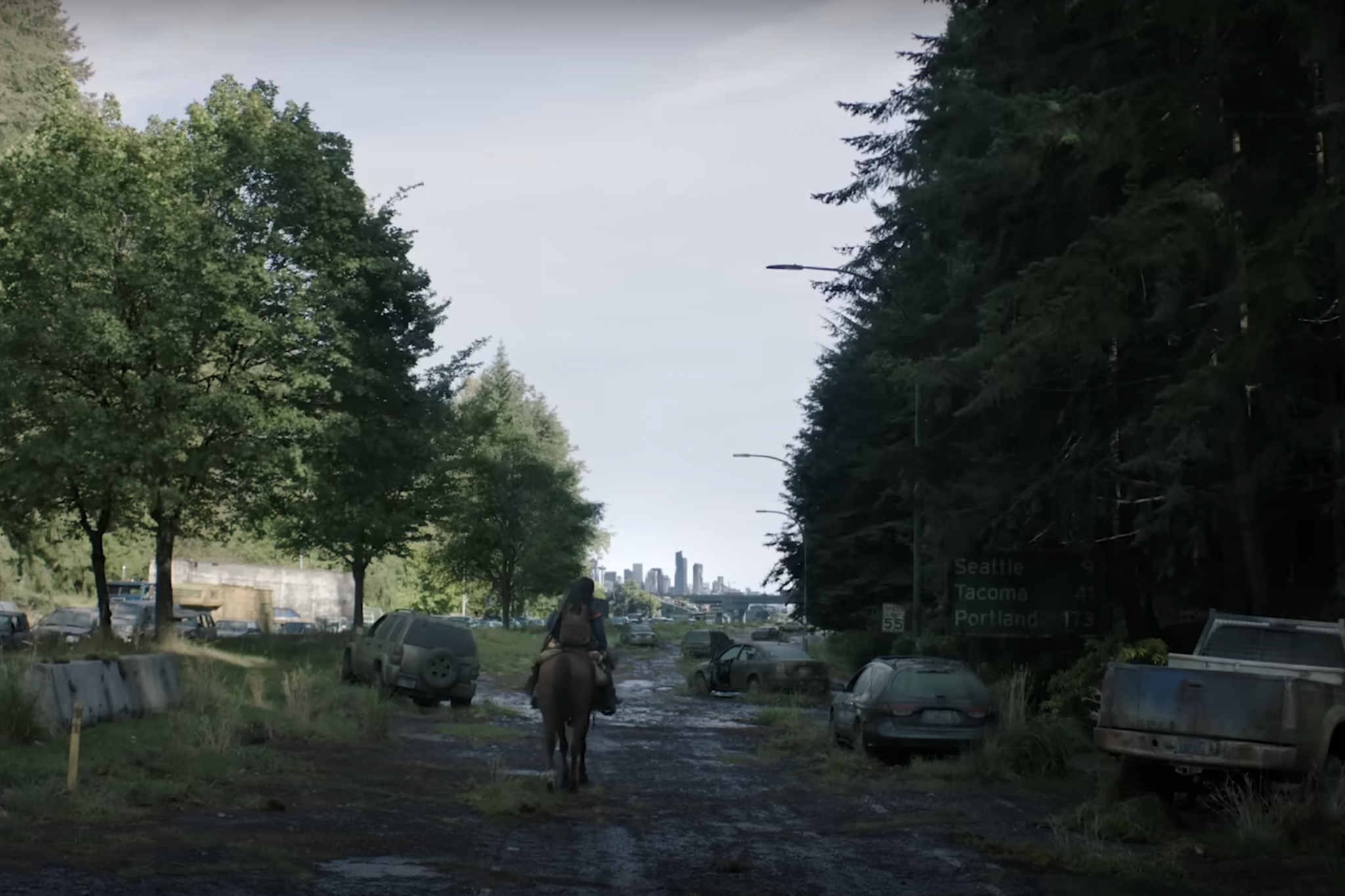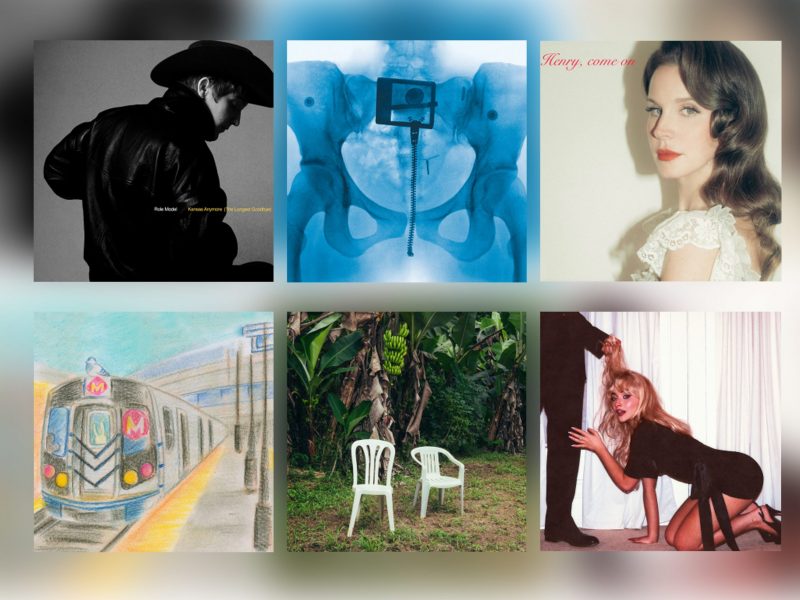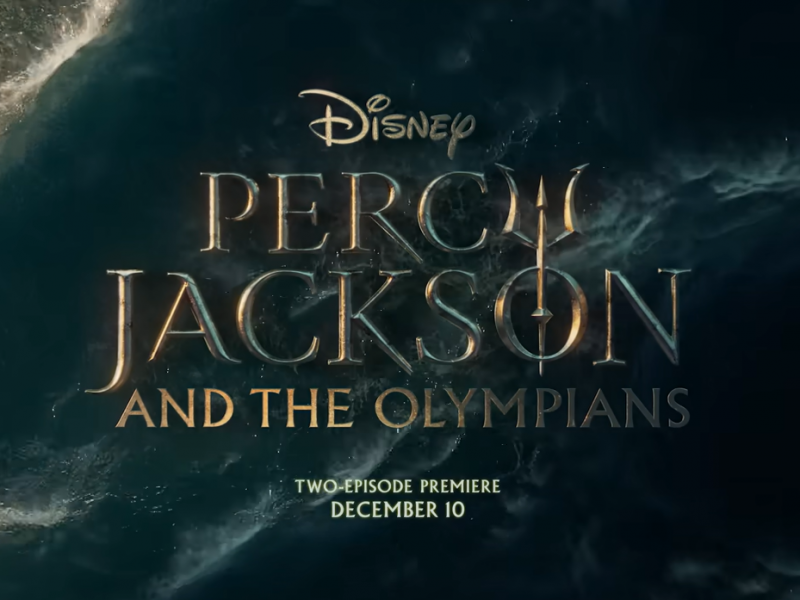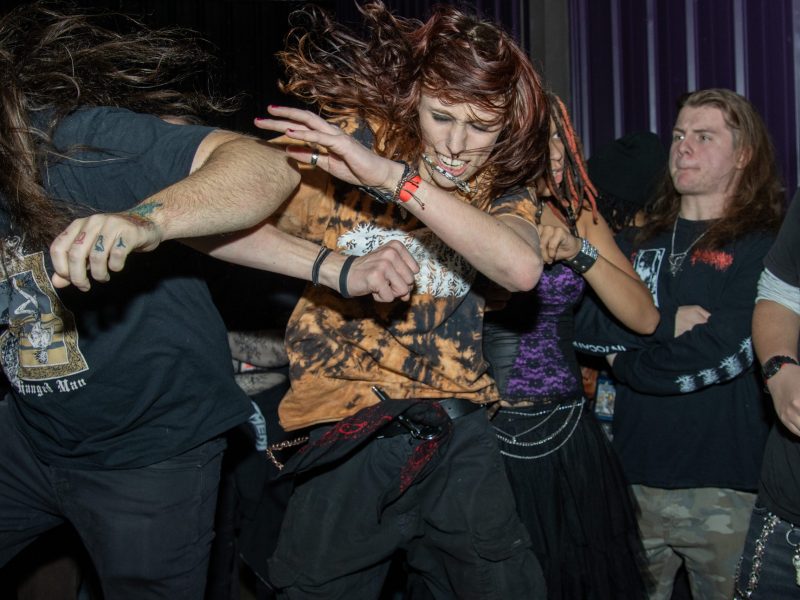When the season two premiere of The Last of Us dropped on Sunday night, it had a tough act to follow.
The first season’s massive success landed it 24 Emmy nominations and eight wins, a feat the first episode of season two accomplished through masterfully established major conflicts without feeling forced or overcrowded.
The premiere opens on a five-year time jump, bringing viewers up to speed with the community Joel and Ellie helped build since the last season. The setting is where the beautiful cinematography of the show can shine, alongside incredibly detailed set pieces establishing a small-town commune in snowy Jackson, Wyoming.
Through an overgrown piece of pipe or a lava lamp in Ellie’s room, the story subtly reveals itself in the details — foreshadowing a horde outbreak and showcasing a culture frozen in time. But it maintains the first season’s raw, emotional storytelling — driven by human relationships rather than by the extraordinary world surrounding them.
[‘RuPaul’s Drag Race’, ‘Dragula’ alumni electrify fifth SEE Spring Drag Show]
What the show has fans questioning, however, is the fate of Pedro Pascal’s character Joel, who dies in the early hours of the video game’s sequel. Though there are no hints to his death in the first episode, it appears that the uncertainty of the event will be a central point of the season.
Although the second game — of which the second season is centered on — was largely unpopular with players, the show’s deviations from the game’s story could serve as a way to remedy its wrongs. Allowing Joel to survive, at least in the premiere episode, gives viewers more time to understand his experiences and relationships to other characters.
Audiences see this personal side to Joel in his therapy sessions with psychotherapist Gail, played by Catherine O’Hara, where he reckons with the disconnect between him and Ellie as she navigates young adulthood and teen angst, a main theme for the season. The scenes between the two create a new dynamic for the show, a refreshing new take on the game’s unexplored elements.
But in certain cases, using material directly from the game creates a more impactful moment. A tender scene where Ellie and her girlfriend Dina share their first kiss at a community dance is abruptly interrupted by community members who called them a homophobic slur.
The scene, nearly an exact remake from the same moment of the game, feels like a necessary yet shocking ice bath of realism, ripping viewers out of the fantastical environment to remind us that hate and bigotry are just as real and tangible in this world as the show’s infected monsters.
[Bon Iver struggles with a new sound on ‘SABLE, fABLE’]
The Last of Us offers intensely visceral and cutting depictions of very real problems — strained father-daughter relationships, girlhood crushes and identity politics — amidst an unreal environment, showing viewers in an effective style that the world of the show isn’t too far from our own.
The question now is whether or not the rest of the episodes can live up to that standard.



